S teve Cauthen was in Ireland this week, meeting old friends. Now 62 years of age, ‘the Kentucky Kid’ is looking sharp, enjoys good health, and is as friendly, chatty and approachable as ever.
A teenage sensation in the US in the late 1970s, he was drawn to Europe aged just 19 and he was champion British jockey three times in the 1980s, during which time he forged a golden partnership with trainer Henry Cecil.
One of their best horses was Old Vic, a runaway winner of the 1989 Irish Derby. That horse, after whom the Curragh’s most popular gallop is named, is being inducted into Kildare Derby Festival’s Hall of Fame this month.
At the Curragh on Tuesday to launch details of the three-day Dubai Duty Free Irish Derby meeting, Cauthen recalled the ups and downs of his European odyssey.
MC: Why are you back in Europe at the moment?
SC: I have been wanting to come back for a while, you know. I got invited to go to Epsom as part of the Jubilee for the Queen, so that started me thinking how I could extend my stay. I called a couple of buddies and then ITV said they’d like me to come on and the Curragh invited me over. Next week I’m catching up with the old crew from Lambourn, then up to Newmarket to see some friends there, ending with a few days at Royal Ascot. It’s great to get back.
I figured I’d like to get back over here to see them all before I die or before they do. A few good friends have already passed. Julie Cecil and Jimmy Lindley died just recently and it made me realise this was something I wanted to do. And I’m having a great time seeing everybody.
I just got out there and controlled the race, let him do his thing. He picked up in the straight and it was ‘bye bye’
MC: Julie Cecil was a member of the Murless family and I believe you stayed with Stuart Murless and family when you came here to ride Old Vic in the 1989 Irish Derby?
SC: Well, Julie said, you know, ‘you may as well go over and stay with Uncle Stuart (at the Curragh Stud), so I did. They have a lovely garden, lovely dogs and, you know, they were very hospitable, so I was having that lovely experience.
We had a good night before the big race and I knew the next day I was guaranteed to ride the Derby winner. Then I wake up to find out the horse has a boil on his back and might not even run. Luckily, Henry [Cecil] fashioned some kind of saddlepad with holes in it so that the horse felt no pressure on that point. I was sitting so high up I felt like I was riding a giraffe but he was so much the best horse, he just cantered around there. The Curragh is a very fair track, no excuses. I just got out there and controlled the race, let him do his thing. He picked up in the straight and it was ‘bye bye’. We probably had another good night after that too!

MC: What other big wins did you have here?
SC: I rode In The Groove to win the Irish 1000 Guineas for David Elsworth in 1990, and I won a couple more Group 1s on her. Mashaallah (1992) was a very nice horse trained by John Gosden who won the Irish St Leger. I dead-heated for the Irish Oaks on Diminuendo for Henry in 1988 and won that race again in 1991 on Possessive Dancer for Alex Scott. I also recall winning the Moyglare Stud Stakes (1989) on Chimes Of Freedom. She went on to win the Coronation Stakes the year after.
MC: How did you get on with the Irish jockeys at that time?
SC: We are all great friends, you know. Christy Roche was one of the older crew and I didn’t know him well but he was friendly to me. I stayed with Mick and Catherine Kinane a few times when I was over for a weekend. And I’d meet Johnny Murtagh in the sauna pretty regularly, so we became good friends.
MC: Two weeks after Old Vic won the Irish Derby, you went back to America for your brother’s wedding and you missed out on the Irish Oaks winner, Alydaress?
SC: That’s right, and you know it probably wasn’t a bad thing for Mick Kinane! That got him started riding for Sheikh Mohammed but, hey, that’s how things go. I never regretted doing what I did because, you know, I had to do that.
It was a nice little thing for Mick. It showed he could ride on the big stage. Two weeks later I rode Old Vic in the King George at Ascot and Mick beat me on Belmez, the stablemate. The ground was too firm for Old Vic and he never ran again. We almost didn’t run him and then I would have ridden Belmez but, you know, I never look back on stuff like that. It was a bit of a punch in the gut but life goes on.
MC: You were just 29 that summer. You were at the peak of your powers and yet your career was finished just three years later. Were you struggling?
SC: Keeping my weight down was real hard. Like, I’d get half-way through the season and wonder if I was going to make it through the rest of the season. I wish I had the dieticians and nutritionists that today’s jockeys have. It might have helped me to continue to ride, I was always on the large size for a jockey so it was never going to be easy for me but it might have been slightly easier. It’s really very depressing because you win a big race and everybody wants you to go out and celebrate but you can’t let yourself be tempted by the food or all that stuff.
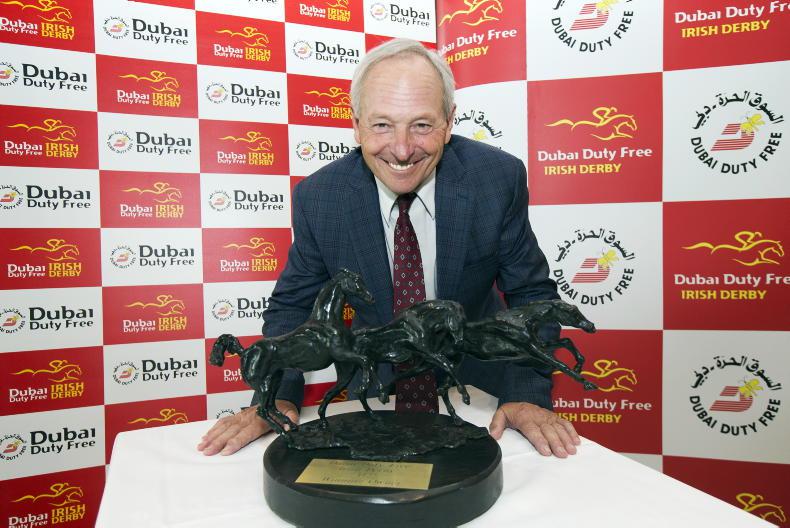
MC: Were you miserable all the time?
SC: I wouldn’t say miserable. I loved what I did but, yeah, I couldn’t enjoy it. I loved people and the excitement and the socialising and all that stuff. The only part of my life that as a jockey I didn’t like was wasting and keeping my weight down. I probably could have done things better but, you know, I did the best I could and I lasted longer than I thought I would.
MC: I’ve read you used to make yourself sick every day to make weight?
SC: I was bulimic, yes. Most of the time I would try to do things right. I’d start out every season trying like heck to just do it properly. Have a diet. But towards the end of my career my diet would be nothing, coffee in the morning, nothing all day and then maybe at the end of the night a bit of chicken or fish with a little bit of veg and that was it.
And you know, that’s fine until you make one little mistake, one little thing could get you out of whack. So what would usually happen is I’d do pretty good until I’d get to Royal Ascot where I would be riding in some handicaps where I had to do light rides.
I would have to get in the sauna for a couple of those days and, when you are doing that for a while, you are basically wringing your body out in the morning. As soon as you drink a glass of water you put 3lb on! You’re always thirsty. You are waking up in the middle of the night, dying for something to drink or eat. Eventually it starts working on your brain and, you know, at some point you crack and then you get into some bulimia or whatever.
I was taking laxatives sometimes to try to keep everything running through my system. You know, it’s a vicious cycle once you get into it.
MC: How big a part did alcohol play in the weighing room at that time?
SC: My drinking career ran from the time I was 18 to 25, seven years, right. I was drinking a bit before I came over but it was always around in Europe too. I joined in because I was like, I enjoyed it, it was fun. I loved champagne, you know, all good craic.
At times I was probably drinking my lunch or drinking my dinner! Eventually it just doesn’t work out. Luckily I was smart enough or aware enough to realise I needed to quit. I got to that stage where I knew in my heart I needed to live a different life or it was going to kill me.
MC: Some of your colleagues from that era weren’t as fortunate?
SC: Yeah and it’s sad to see. You know, one of my best friends and one of the greatest jockeys of all time, Pat Eddery, probably died because of drink. We used to have champagne under our seats in the weighroom if we wanted to. It wasn’t a big deal if you sometimes came out of the sauna and wanted a drink of something and had a sip of champagne. I did that on many occasions.
MC: It was a vintage bunch of riders at that time?
SC: I feel like I rode in one of the greatest eras ever. In the US, I rode against Cordero, Pincay, Shoemaker, Velazquez, Vasquez and Maple. A bunch of all-time greats. Over here, there was Lester, Pat Eddery and Willie Carson. And in France there was Freddie Head and Yves Saint-Martin. It was fun to beat them, every once in a while!
MC: Did you find that you were much better than most European riders at judging pace in a race? American racing had given you a better clock in your head?
SC: Sometimes yeah, because most of them, I don’t think they thought about it. I obviously learnt it in America and I was good at it. Of course I did it differently here because the courses are different and all that stuff. But I was never afraid to go to the front when I had the right horse to do that.
I felt very confident to go out and just lead them a merry dance. Let them all sit back there, kick early, and go and win the race. Hopefully I taught a few of them – Frankie’s not afraid to do it. That and riding with my toe in the iron, hopefully that’s something you leave behind, you leave the sport better than when you arrived.
MC: It was Robert Sangster who brought you from America to Lambourn when you were only 18 or 19. You had won the Triple Crown on Affirmed a year earlier but you were going through a bad patch. Why did you decide to move?
SC: I had ridden a couple of winners for Robert Sangster in America. In June 1978 he invited me over to ride Hawaiian Sound in the Derby. The race was a few days before Affirmed was due to run in the Belmont so I didn’t want to risk all that. So Bill Shoemaker went over instead and finished second in the Derby. They showed the race on TV in the States and I thought ‘That looks cool’.
I didn’t think too much more about it but then I went through a bad streak out in California and Robert, being the sharp guy he was, decided to try me again. He offered me the job at Manton and said, “Steve, you are going to need to come to Europe in the long run anyway because of your weight.”
I thought about it for a second and realised he was right. What the heck have I got to lose? If I don’t like it I can always come back, you know, after a year.
So I got over there early in 1979 with Barry and Penny Hills. They were great people, they took me in like part of the family. We won the 2000 Guineas right away with Tap On Wood and even though the stable had a virus for most of that year, I knew then I would ride out my career in Europe. It was a very unusual career move but I feel blessed for every bit of it.
MC: You were champion jockey three times in the 1980s, including in 1987 when you had a titanic battle with Pat Eddery. Vincent O’Brien hired another American, Cash Asmussen, to ride for him that year. Did they ever call you?
SC: No, I never got asked. I was always thinking maybe at some point I might but I never was. But, you know, at that point I was riding for Henry so I wasn’t looking to go anywhere. In my first full year with Henry [1985] we won the Derby with Slip Anchor and the fillies’ Triple Crown with Oh So Sharp. I was very happy where I was. But in some ways you sort of say, ‘I wonder why Vincent never thought I was good enough?’ or whatever.
MC: You ended your career by riding solely for Sheikh Mohammed for two years. What was that like?
SC: Well, I wish Godolphin had happened in my time! When they created Godolphin they pulled all the best horses into the main stable. When I was riding for the Sheikh I think he had 40 trainers in Ireland, England and France. In France it was mainly just André Fabre, which was fun, but in Ireland and England I’d be on the wrong horse half the time.
Basically, the two years I rode for them we had Group 2 and Group 3 horses running in Group 1 races. And they weren’t winning, apart from Opera House and couple of others. And the jockey gets blamed when they get beaten by a neck, when in fact they might have run the best race of their lives.
Mick Kinane turned down the job after talking to me about it. They hired Michael Roberts instead and I think he lasted about six months. It was just the wrong time.
MC: You retired back to Kentucky where you and Amy have four daughters and a small stud farm. How’s that going?
SC: I’ve got eight broodmares and I’ve got five in training. I’m also kind of a racing manager or consultant for Dixiana Farm and I’m about to do something similar for Three Chimneys. The nice thing about that is that it feels like I am back in the game. I’m talking to the trainers, the jockeys, and feel I am on the inside rather than looking in from outside. When you’re not involved you feel kind of lost.
MC: Is US racing in a healthy place right now?
SC: I think there’s a lot of healthy things about it. In Kentucky right now we have it better than it’s ever been. The courses are fantastic, we have maiden races worth $120,000. It lifts all boats when you can buy a horse knowing you’ve got good purses to run for.
There are other adjustments taking place. The Horseracing Integrity and Safety Authority comes into play next month and I hope in the long run that ends up being a good thing. If it makes everybody feel more confident about the sport then that’s got to be a good thing.
From the weighroom
“You could say I followed in Steve’s footsteps – what he rejected I picked up! He rejected the Dermot Weld job and I got that. And when he went back to America for his brother’s wedding, I got the ride on Alydaress in the Irish Oaks and that was the start of my international career. So the cheque is in the post, Steve!” – Michael Kinane
“When I started riding, I had a videotape of the Maktoum horses of the 1988-’89 season. Steve was riding for Sheikh Mohammed at that time and his style changed European racing. Nobody else rode with their toe in the iron before him. He got down low, let them roll, let them gallop. I said to myself ‘I want to be like that guy’. A few years later I was struggling with my weight and other issues. I got Steve’s number and decided to give him a call. He said to me ‘Retiring is not the worst option.’ But I didn’t take that advice and I’m glad I didn’t!” – Johnny Murtagh
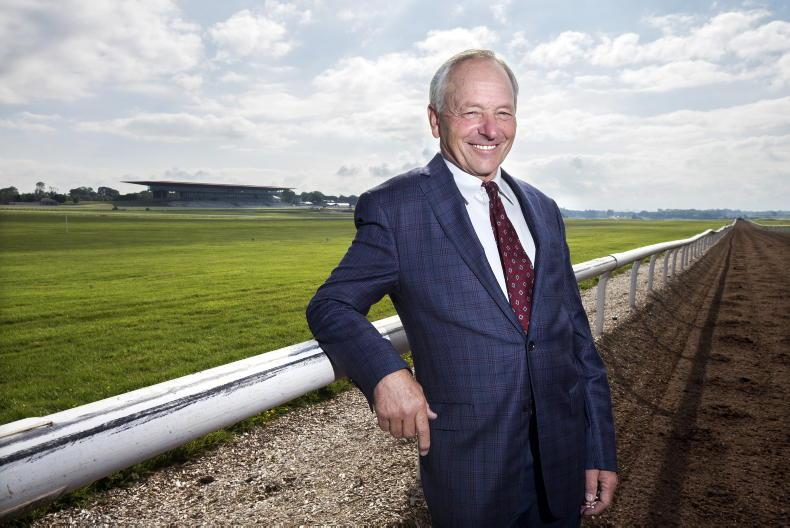

 This is a subscriber-only article
This is a subscriber-only article
 It looks like you're browsing in private mode
It looks like you're browsing in private mode





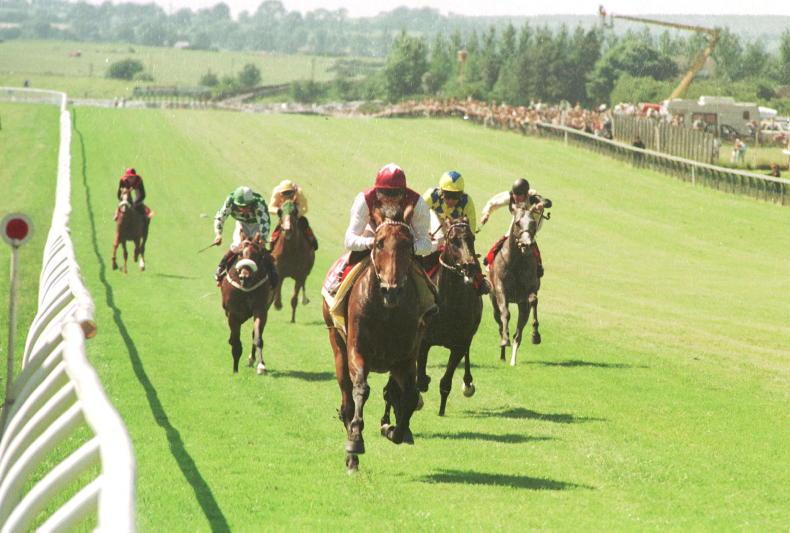
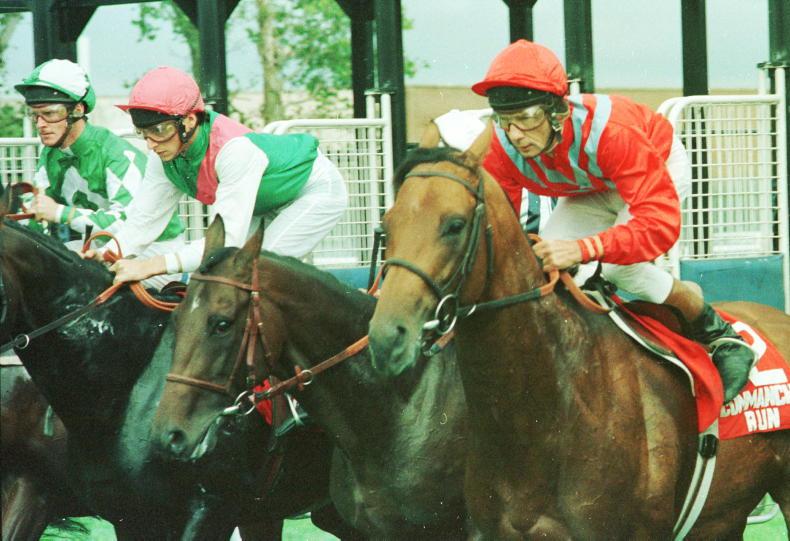

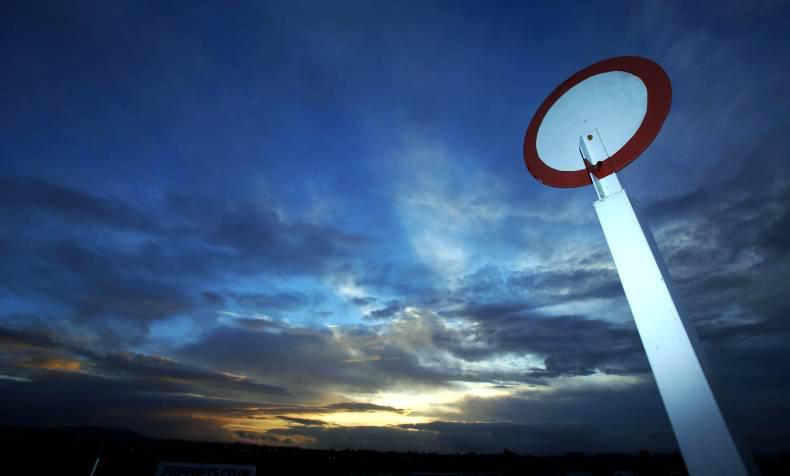

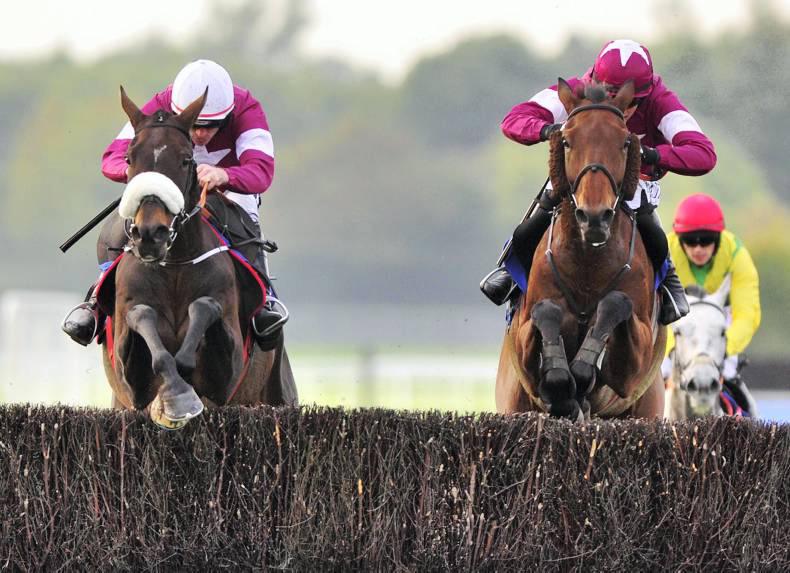

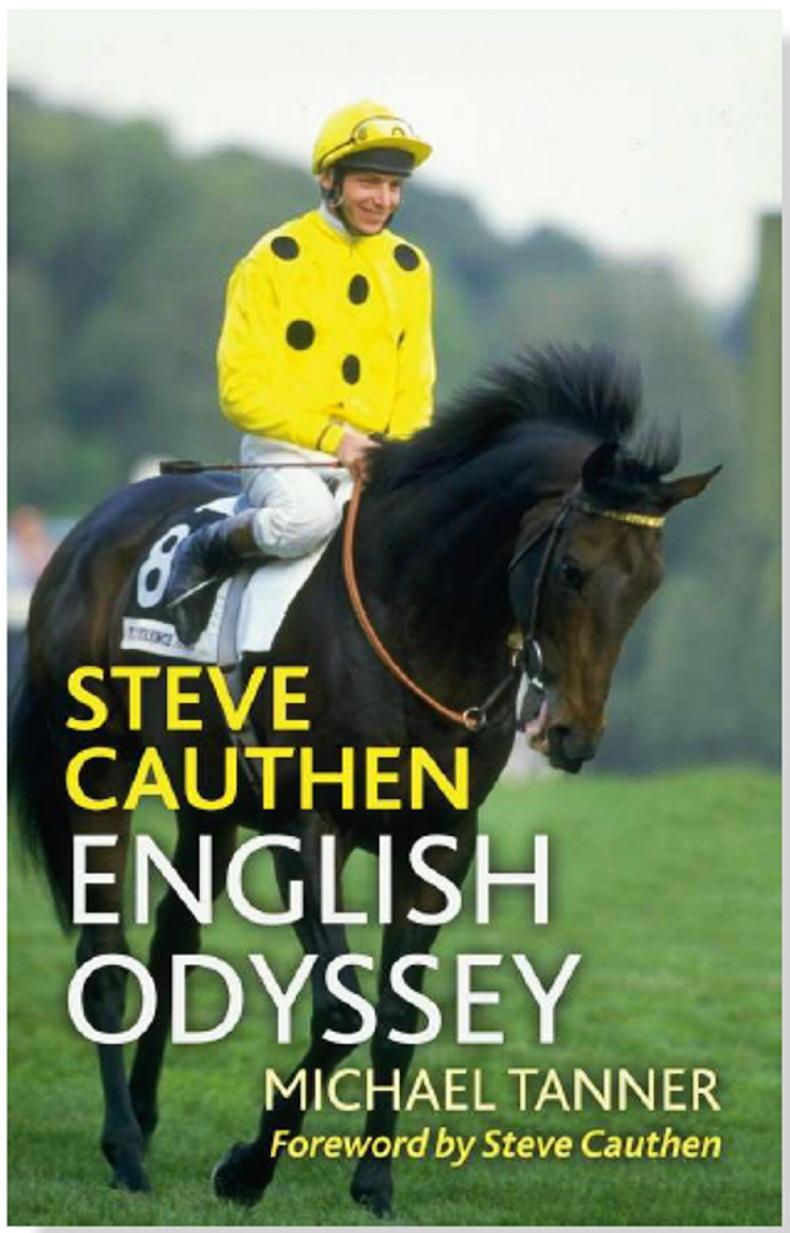
SHARING OPTIONS: